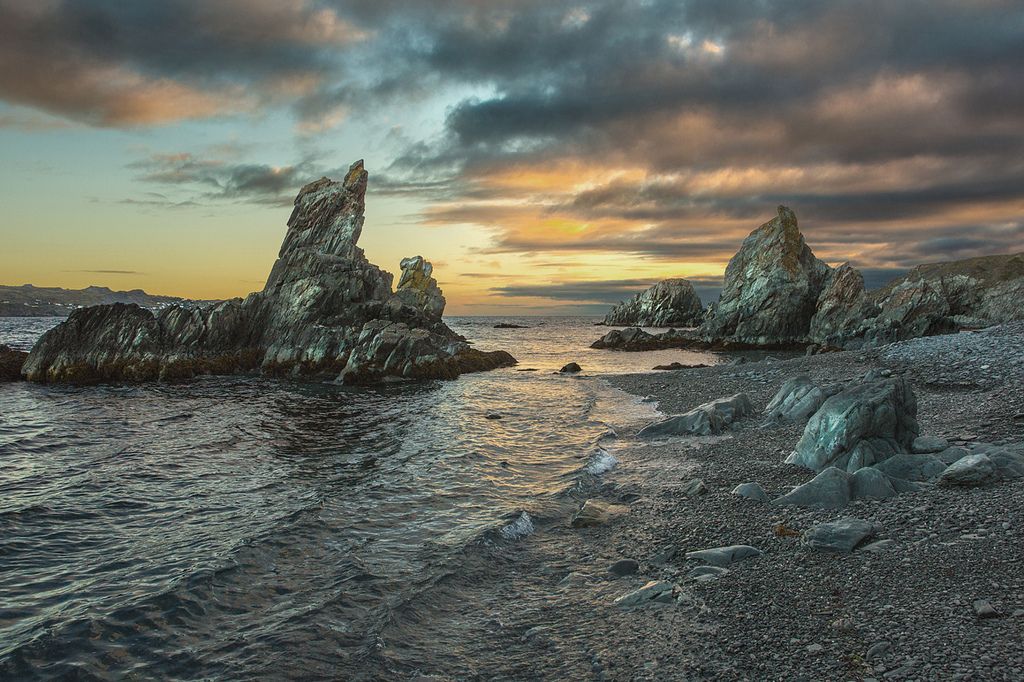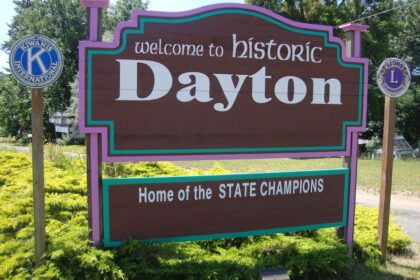Bay Roberts (2016 Population 6,012; Census Agglomeration 11,083) is located on the north shore of Conception Bay on the northeastern Avalon Peninsula in the province of Newfoundland and Labrador, Canada. Take a look below for 30 interesting and fascinating facts about Bay Roberts, Newfoundland and Labrador, Canada.
1. The growth of the local economy can be connected to the town’s proximity to other major Newfoundland markets, by road and by water.
2. The town is connected by Veterans’ Memorial Highway to Route 1 (the Trans-Canada Highway) leading to all points in the province. St. John’s, the capital city, is only 90 km away. Argentia, the eastern terminal for Marine Atlantic’s Gulf Ferry Service is 70 km away.
3. Local businesses have easy access to more than half of the province’s population. As a result, the town is a centre for major transportation and distribution, providing services for the Avalon Peninsula and surrounding areas.
4. With approximately 6,000 people, it is one of the larger towns in Newfoundland, and the largest on the Baccalieu Trail. The town has a provincially recognized museum called the “Road to Yesterday,” and the “Shoreline Heritage Walk” has been developed.
5. The Shoreline Heritage Walk is a 4 km walking trail which passes through Juggler’s Cove and French’s Cove in Bay Roberts East and celebrates the early history of the town.
6. Bay Roberts offers year-round shipping services through its large port, which is similar in size to the harbour in St. John’s and can accommodate the largest of ships.
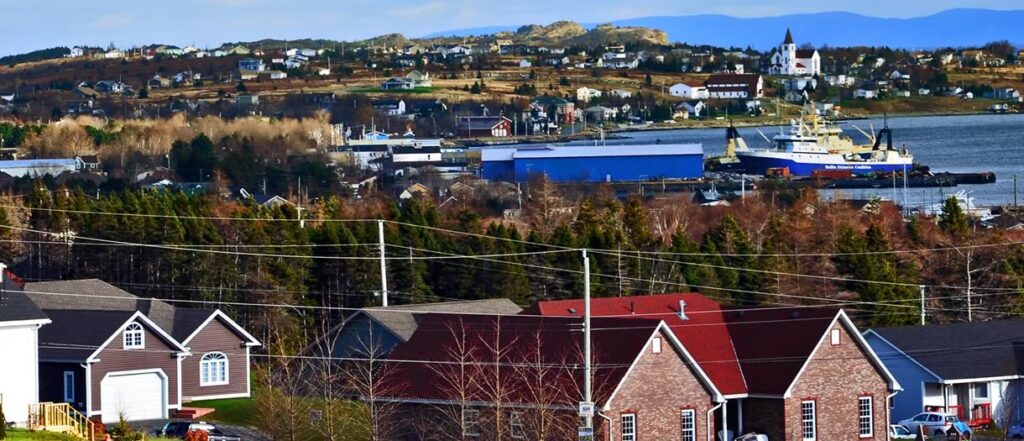
7. It is protected from ocean storms by Fergus Island at its entrance. The bay and harbour have clear shorelines, without rocks or headland protrusions. As a result of its size and outstanding features, it has been approved for anchorage by marine insurance companies.
8. European fishermen were visiting Bay Roberts as early as the 16th century. Fishermen from Brittany and Normandy in what is today France fished the waters off the coast of Bay Roberts in the early 16th century and named the harbour Baie de Robert.
9. They established onshore fishing rooms where they dried and salted codfish. The French fishermen came to the area because of its large harbour, and flat rock beaches which they used for curing fish.
10. Most likely they started building fishing rooms near the end of Bay Roberts harbour in Bay Roberts East in such areas as Juggler’s Cove. Then they moved to French’s Cove and later to Mercer’s Cove. Evidence of these European people can be found in community place names such as Priaulx Hill and in nearby names such as Spaniard’s Bay and Port de Grave.
11. By the late 16th century, Bay Roberts had become part of the English Shore. Some French, Spanish and Portuguese fishermen still visited the area but they were out numbered by fishermen from the English West Country.
12. Over time, some of these West Country fishermen began to settle in the area. Seary’s book Family Names of the Island of Newfoundland states that the families with the surname French arrived as long ago as 1634 and the Earles and the Badcocks arrived in the 1660s. In the 1675 census, Bay Roberts is called “Bay of Roberts.”
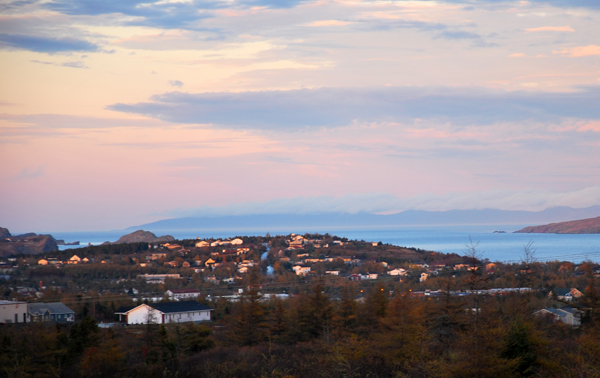
13. The Berry census of Newfoundland records only two planters in Bay Roberts. One was Anthony Varder who lived there with his wife and four children. The other one was a widow named Jane Clay. The 1677 census says between them they employed 19 servants, owned six boats and kept 34 cattle, 22 sheep and 13 hogs. Families such as the Parsons, Mercers and Bishops arrived later. Settlers from the Channel Islands arrived in the 18th century.
14. These early settlers left behind archaeological evidence of their way of life. Clay pipes and other artifacts have been found in places such as Mercer’s Cove. At least one ship was lost in Bay Roberts Harbour during the 17th century.
15. A large number of ceramic vessels which came from a 17th-century shipwreck have been recovered from the harbour. Many of these are complete or almost complete. They include storage jars from the West Country of England and olive jars from Spain and Portugal.
16. Like many settlements in Conception Bay, Bay Roberts was destroyed by the French during King William’s War (1689–1697). When the French arrived in 1697, Abbé Baudoin, a priest who accompanied Pierre Le Moyne d’Iberville on his raids, maintained a journal. He called the town Baye Robert. He says that d’Iberville captured 10 servants, 3 planters and 3 boats there and took 1500 codfish. These numbers may not have represented the entire population. By the time Abbé Baudoin and Pierre d’Iberville arrived, many of the people who lived in Bay Roberts had probably escaped into the woods or to Carbonear Island because they had been warned that the French were coming.
17. The effects of the French attacks did not last long, and Bay Roberts was built again. It became an important base for the Labrador fishery and the seal hunt.
18. Business development began with Robert Pack, founder of the firm of Pack, Gosse, and Fryer. The appointment of Robert Badcock as constable on September 25, 1730 began the rule of law for the Bay Roberts area. Stocks and a jailhouse were constructed for the punishment of criminal offenders. The construction of a one-room school also took place with one male teacher in charge.
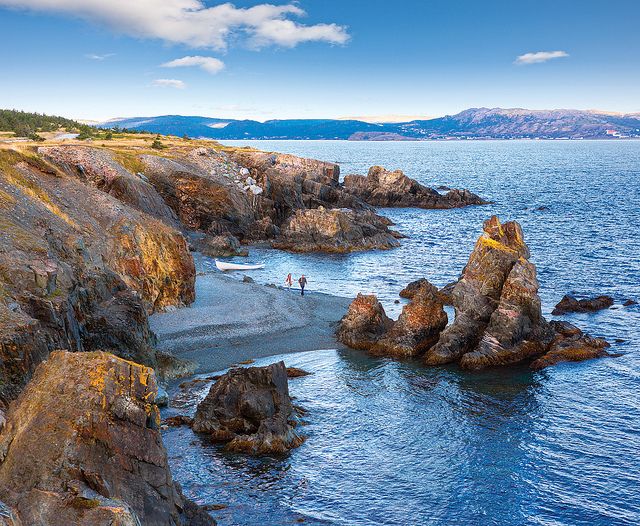
19. In 1791, there were 30 members of the Wesleyan Church in Bay Roberts under the charge of George Vey. The Church of England was also active, since first St. Matthew’s Church started in 1824 and was consecrated in 1827 to replace an earlier Church in Mercer’s Cove. The first Society for the Propagation of the Gospel missionary in charge of the Bay Roberts mission was Rev. Oswald Howell in 1837.
20. The Newfoundland School Society (later known as the Newfoundland and British North American School Society and the Colonial and Continental Society) established a school in Bay Roberts in 1829 under Mr. and Mrs. Lind. The first president of the Newfoundland Teachers’ Association, formed in 1890, was James Bancroft, who was teaching in Bay Roberts. He was instrumental in forming the Association. St. Mark’s Anglican School in Shearstown dates back to 1867. (The original building has been incorporated into the present school, making it the oldest school in the district. The old building was destroyed by fire in 2002.)
21. By the 20th century, Bay Roberts was regarded as a wholesale and distribution centre for Conception Bay and Trinity Bay, and major businesses included cooperage (barrel making) and shipbuilding. William Dawe was the best-known cooper, having produced 7800 butter tubs in one year. J. Bowering was a renowned shipbuilder, who produced 50 ships a year for merchants and the Hudson’s Bay Company for use in the fishing and sealing industries. However, the economy depended to a large extent on the fishing industry, as merchants owned between 60 and 70 ships which were used by the local fishermen.
22. In 1911, it had an Anglo-American Express office, postal telegraph office, ten stores, one hotel, three churches and one weekly newspaper.
23. The first combined passenger and mail flight in Newfoundland, made by Major F. S. Cotton on February 24, 1922 was between St. John’s and Harbour Grace. Before reaching Harbour Grace, the plane touched down at Clarke’s Beach and Bay Roberts in Bay Roberts East.
24. At the start of the 20th century, French’s Cove in Bay Roberts East was a bustling fishing community. Today there is hardly leave any evidence that anyone ever lived there. However, the remains of root cellars and rock walls are in fairly good shape and have been reconstructed as part of the development of the Bay Roberts Heritage Trail.
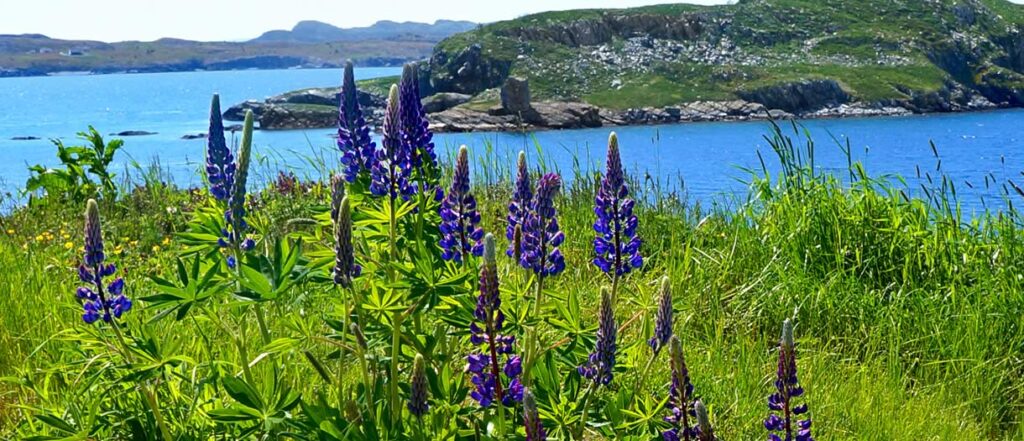
25. The Cable Building is both a Provincial Heritage Structure and a National Historic Site. The Building has been restored and contains the award-winning Road to Yesterday Museum and the Christopher Pratt Art Gallery. The town has one of the finest town museums in the province. Hilary Cass, a respected visual artist, was a consultant on the design and layout.
26. The Christopher Pratt Art Gallery is acclimatized and is designed to display a permanent collection of art work, including works by Christopher Pratt. In addition, it hosts the works of well known local artists and visiting art collections.
27. The town has two summer theatre productions. “A Time in Pigeon Inlet” is in its 4th season. The production features musician and storyteller, Kelly Russell (recognized by the provincial government as Newfoundland and Labrador’s first tradition bearer in 2009). “A Time in Pigeon Inlet” is based on stories written and performed on CBC radio by Kelly’s father Ted Russell. In 2011, Ted Russell was recognized as a “Person of Provincial Significance by the Provincial Historic Commemorations Program.
28. In July and August 2010, Victoria LOL #3 Museum and Playhouse featured a production of “Saltwater Moon” by award-winning Canadian playwright David French (who was born on Coley’s Point.) Last summer, they produced his play “Soldier’s Heart.”
29. Bay Roberts won the Newfoundland and Labrador 2011 Tidy Towns Award in the 4001 – 8000 population category. For Winter Lights Celebrations, the town won the National WinterLights Celebration Mentoring Award and Circle of Excellence 5 Star Award for Residential Lighting.
30. During the summer, it won the 2009 Tidy Towns Award – Population category of over 3500 and the 2009 Torngat Municipal Achievement Award in the category of Environmental Sustainability with the Town of Spaniard’s Bay – won for their joint efforts on the Shearstown Estuary.

